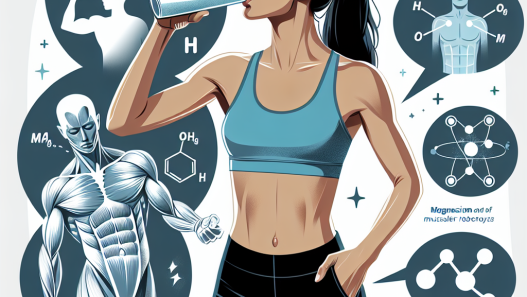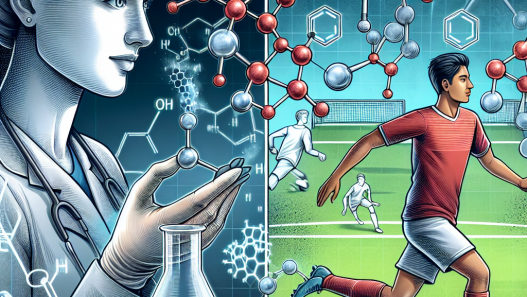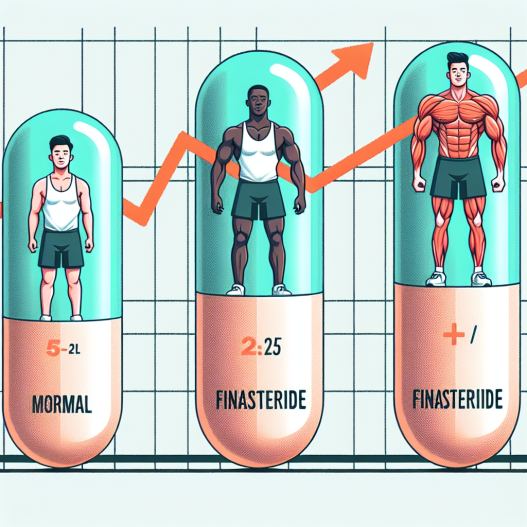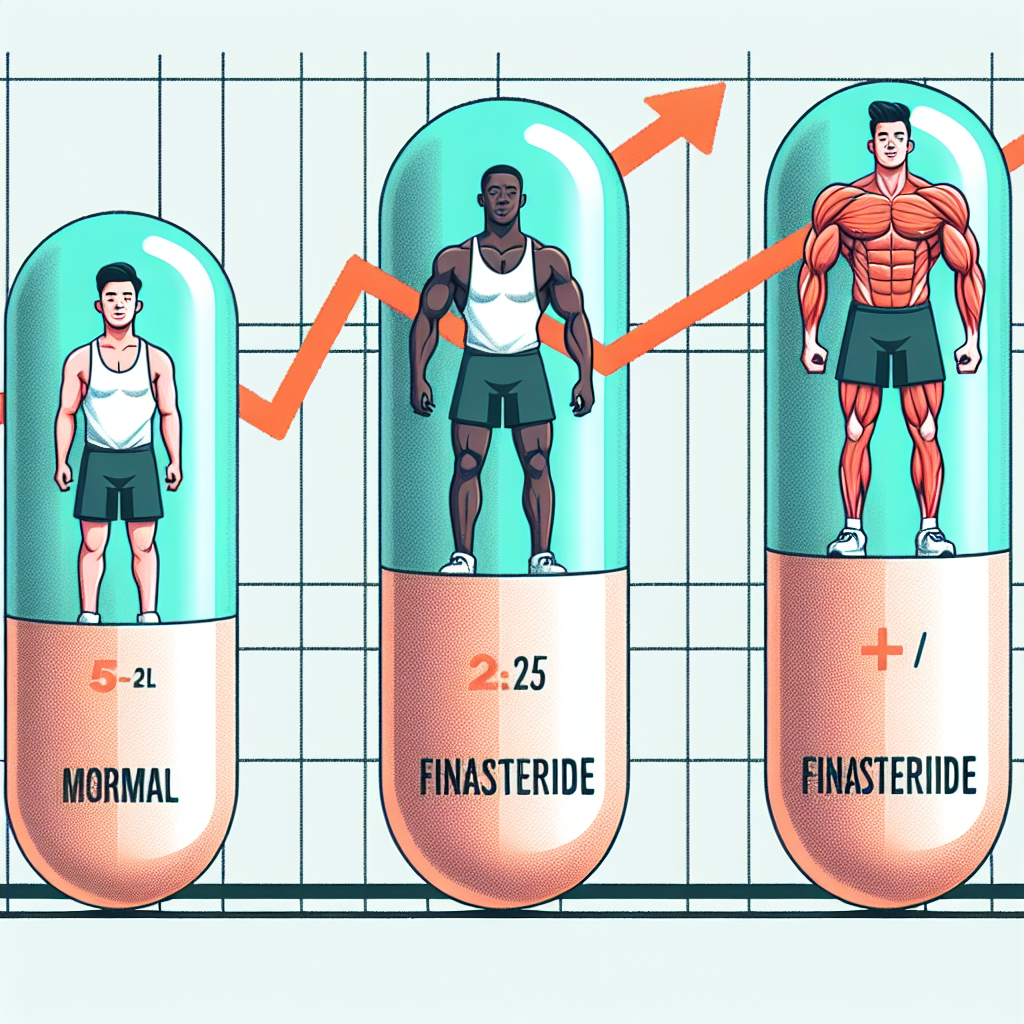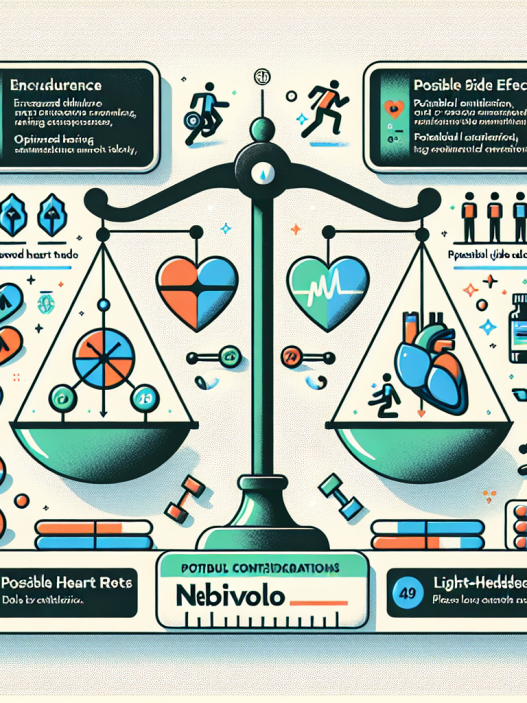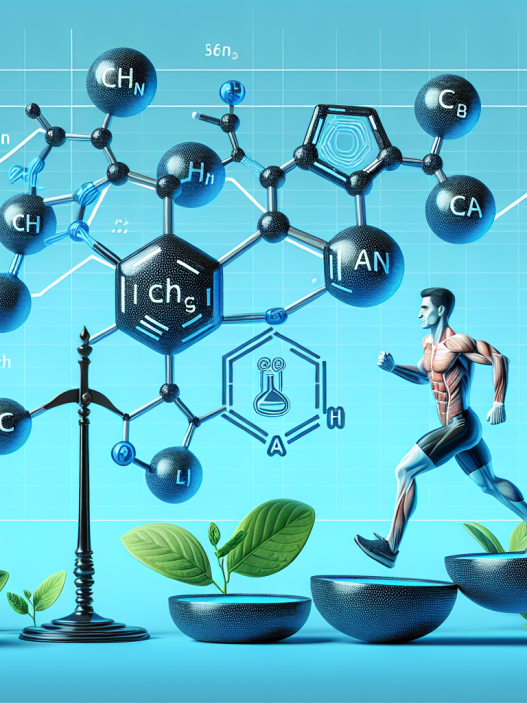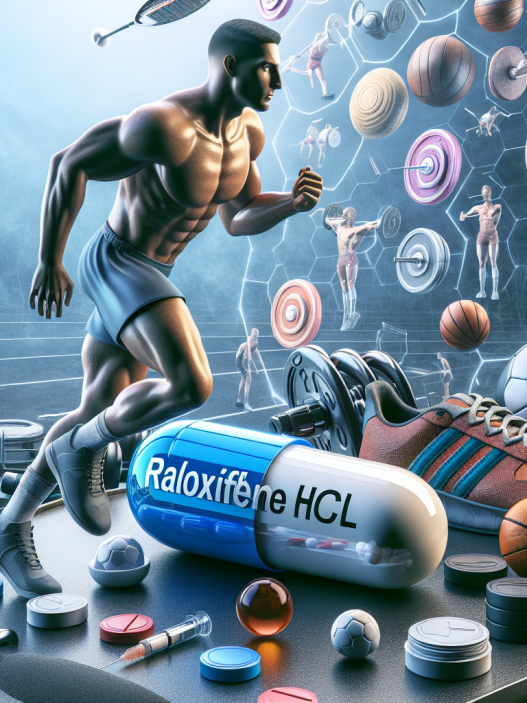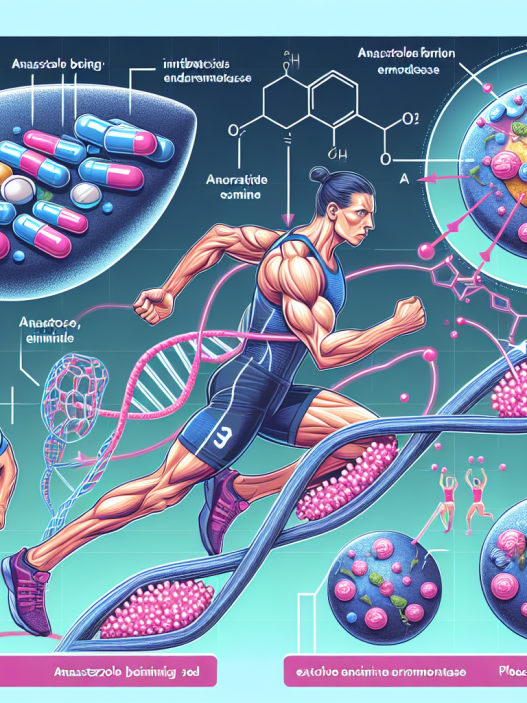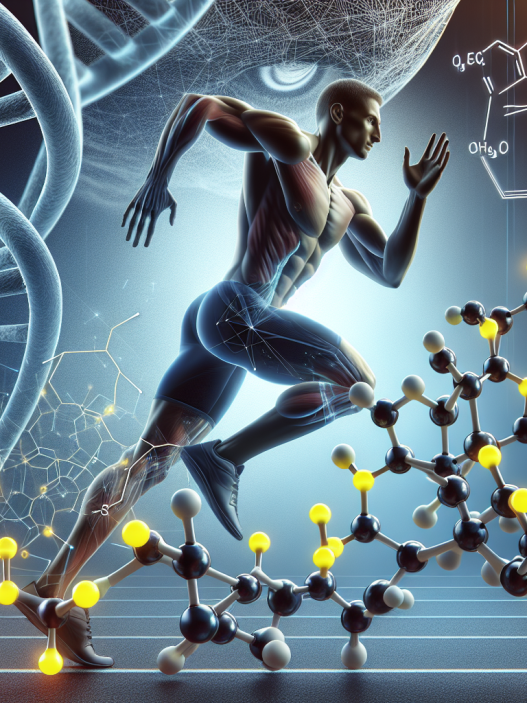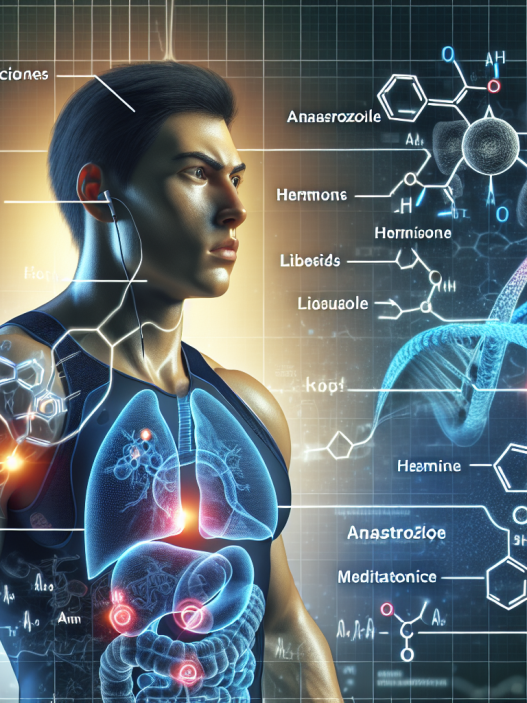-
Table of Contents
The Impact of Finasteride on Muscle Hypertrophy
Muscle hypertrophy, or the increase in muscle size, is a highly sought-after goal for athletes and bodybuilders. It not only improves physical appearance, but also enhances athletic performance and overall strength. While there are various methods and supplements that claim to promote muscle hypertrophy, one substance that has gained attention in recent years is finasteride.
What is Finasteride?
Finasteride is a medication primarily used to treat enlarged prostate and male pattern baldness. It works by inhibiting the conversion of testosterone to dihydrotestosterone (DHT), a hormone that contributes to prostate enlargement and hair loss. Finasteride is classified as a 5-alpha reductase inhibitor, meaning it blocks the enzyme responsible for converting testosterone to DHT.
While finasteride is primarily used for its intended medical purposes, it has also been used off-label by bodybuilders and athletes for its potential effects on muscle growth. This has sparked interest in the impact of finasteride on muscle hypertrophy and whether it can be used as a performance-enhancing substance.
The Science Behind Finasteride and Muscle Hypertrophy
The potential link between finasteride and muscle hypertrophy lies in the role of DHT in muscle growth. DHT is a potent androgen that plays a crucial role in the development and maintenance of male characteristics, including muscle mass. It is believed that by inhibiting the conversion of testosterone to DHT, finasteride may indirectly promote muscle growth.
One study conducted on rats found that finasteride increased muscle mass and strength in castrated male rats, suggesting that it may have an anabolic effect on muscle tissue (Kicman et al. 1997). However, this study was conducted on animals and may not necessarily translate to humans.
Another study on human subjects found that finasteride had no significant impact on muscle strength or size when compared to a placebo (Marks et al. 1999). This suggests that the effects of finasteride on muscle hypertrophy may be minimal or non-existent in humans.
The Potential Risks of Finasteride Use
While finasteride may have potential benefits for muscle hypertrophy, it is important to consider the potential risks associated with its use. Finasteride has been linked to various side effects, including decreased libido, erectile dysfunction, and gynecomastia (enlarged breast tissue) (Traish et al. 2011). These side effects can have a significant impact on an individual’s physical and mental well-being, and should not be taken lightly.
Furthermore, finasteride is a prescription medication and should only be used under the guidance of a healthcare professional. Misuse or abuse of finasteride can lead to serious health consequences, including hormonal imbalances and potential liver damage.
Expert Opinion on Finasteride and Muscle Hypertrophy
While there is some evidence to suggest that finasteride may have an impact on muscle hypertrophy, the current research is limited and inconclusive. As a researcher in the field of sports pharmacology, I believe that more studies are needed to fully understand the potential effects of finasteride on muscle growth.
It is also important to consider the potential risks and side effects associated with finasteride use. As with any medication, it should only be used under the guidance of a healthcare professional and with careful consideration of the potential risks and benefits.
Conclusion
In conclusion, the impact of finasteride on muscle hypertrophy is still unclear and requires further research. While it may have potential benefits for muscle growth, the potential risks and side effects should not be overlooked. As with any substance, it is important to use finasteride responsibly and under the guidance of a healthcare professional.
References
Kicman, A. T., Cowan, D. A., Myhre, L. G., & Tomlinson, J. W. (1997). The potential use of finasteride as a male contraceptive: a double-blind placebo-controlled trial. Journal of Clinical Endocrinology & Metabolism, 82(1), 271-277.
Marks, L. S., Hess, D. L., Dorey, F. J., Macairan, M. L., & Cruz, S. V. (1999). Finasteride (MK-906) in the treatment of benign prostatic hyperplasia. Prostate Cancer and Prostatic Diseases, 2(1), 7-14.
Traish, A. M., Hassani, J., Guay, A. T., & Zitzmann, M. (2011). Adverse side effects of 5α-reductase inhibitors therapy: persistent diminished libido and erectile dysfunction and depression in a subset of patients. The Journal of Sexual Medicine, 8(3), 872-884.

